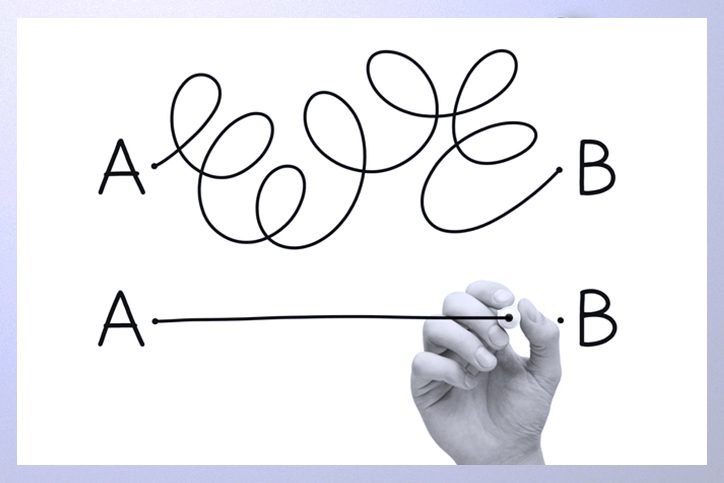Our quantitative studies
Why is research
essential to your strategy?

Quantitative research is all about facts and figures. They complement qualitative insights by providing an objective, reliable and directly usable vision. Objectivity and clarity : With precise figures, personal interpretations are a thing of the past. You can base your decisions on real data for more reliable strategic choices. Evaluate impact : Track the effectiveness of your campaigns with measurable indicators (conversion rates, customer satisfaction) and adjust your actions according to the results. Detect trends : Quantitative studies enable you to anticipate changes by observing long-term evolutions. Ideal for staying agile and in tune with expectations. Target with precision : By segmenting your audience, you can better understand who your customers are, their preferences and behaviors, for ultra-targeted campaigns. Fast and accessible : Online quantitative research enables you to reach a large audience quickly and cost-effectively. Perfect for frequent, large-scale analysis.
In short, quantitative research is your trump card for turning insights into concrete action and achieving your goals !

Test the concept from the start: The first advantage is that you will be able to consult your market, to see whether or not it is receptive to your project. And this before you even design anything, since you only need your ideas to create the questionnaire.
Validate your targeting: You can directly question your target market, and identify your best prospects. Are your assumptions about your ideal customers correct? Is there a more interested segment? Ask the right questions, and identify the most interested profiles.
Test a need, identify expectations: Is the problem you want to solve real? What frustrations does this generate in your prospects? What are their specific needs?

Understanding the habits: In what context do they need your offer? What solutions or alternatives are they using today? What are the advantages and disadvantages of these solutions …
Get feedback: You will be able to present your product to hundreds of people, and let them speak, so they can tell you what they think. What they like, what they don’t like, what they would like …
More generally, the quantitative study makes it possible to take a step back, to limit the impact of bad intuitions. You get an objective and representative vision of your market. While validating key points of your project.
Let's meet Appointment
01 88 32 15 69
Lyon and Toulouse Agencies
04 28 29 85 31
